Navy General Board Articles
All the best naval articles in one location!
The Kaisers Pirates
SMS Wolf the Kaisers most successful Surface commerce raider

The Tango class Russia’s Rubber Submarine
Russia’s Rubber coated submarine that faded into history.

HMS Dreadnought and Admiral Sir John Fisher’s naval revolution – part 1
by Matthew Wright One of the received truths of naval history is the idea that HMS Dreadnought of 1905-06 was a game-changer, the ship that divided naval construction between ‘before’ and ‘after’.[1] And in many respects, that is true. She was the first all-big-gun...
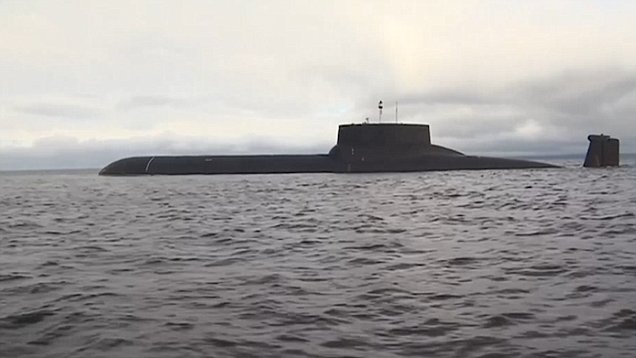
Russia’s Massive Typhoon
Read about the history of the largest submarines ever to put to sea

The Last of her kind
Find out about one of the least known submarines of the Soviet navy

Scharnhorst vs Invincible
On the first day of November 1914, the Royal Navy was to suffer its firstdefeat in over a century, denting both its pride and the hard fought for,Nelsonic image. But thirty-Seven days later, retribution in the form ofseven Royal Navy cruisers was to be delivered in an...

Largest Aircraft Carriers of World War 2
During the Second World War, the aircraft carrier had distinguished itself as the new queen of the sea. A warship to replace the battleship as the symbol of naval supremeacy. In this article we look at the largest aircraft carriers of World War 2 and rank the top ten!...

The Long March – Chinas First Nuclear Submarine
If you thought the Soviets were playing catch up the Chinese were also behind, learn about the type 091 submarine and its Long March to commission

A walkthrough of an SSBN
Take a tour onboard the worlds only publicly open ballistic missile submarine

The First Soviet Nuclear Submarines
With the USA leading the way in submarines the Soviet Union had to catch up

Project 611 Zulu Class Submarines
With the conclusion of the Great patriotic war (World War Two), the allies set about rounding up all the advanced technologies the Germans had developed. What the allies acquired in terms of Naval technology was leaps and bounds ahead of anything the allies had...

Rudders: Warship Tech
Rudders. Just about every warship has them, but rudders vary considerably from one design to the next. Extraordinarily little thought is given to these devices that are hidden away from view underwater. However, rudders are a critical component of warship...

Four Great Features of the Richelieu Class Battleships
Battleships are amazing pieces of engineering. Technological masterpieces that were unique to the Navy that developed them. As Navies honed their designs and introduced newer classes, they incorporated several design features that often set them apart from their...
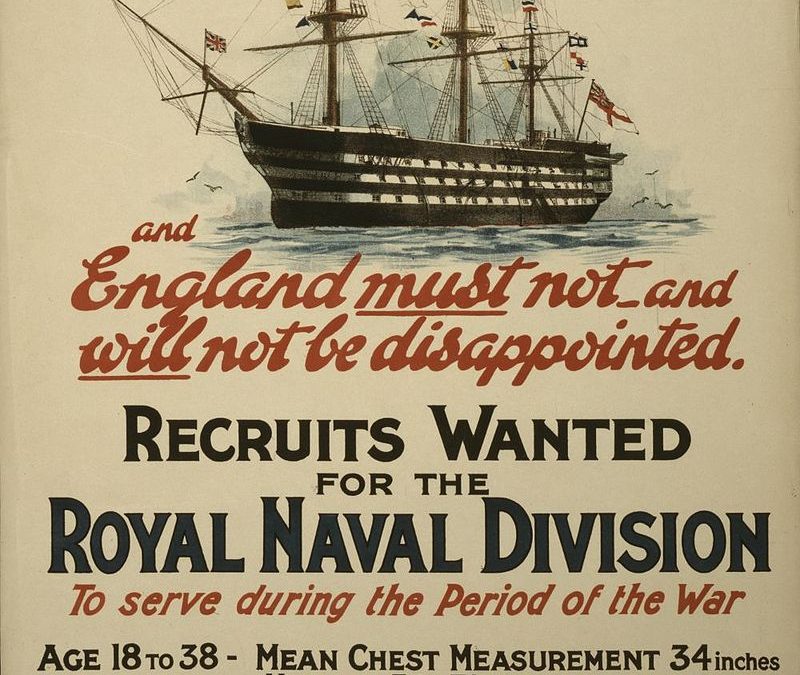
The hero of the Hood Battalion
When the First World War broke out in August 1914, the British Admiralty had plans to field ground forces, largely to seize coastal areas, if required, for naval bases. Historically there was nothing unusual about sailors fighting ashore. What was unusual was the...

Ersatz Yorck vs. HMS Hood
‘WHAT-IF?’ The winter of 1918/19 was finally loosening its grip on the cold waters of the North Sea, and then after a long season, the dawn of a new spring was finally in the offering to the war weary continent. It would be the fifth year of The Great War, (the "War...

Return of the Russian Navy
Table of Contents Executive Summary IntroductionRussia: The Economic factors The Russian Navy: Fleet overviewVessel classes in the fleet and numbersRussian Navy Strategy and ConclusionsAppendicies and Citations Executive Summary This document serves to provide a...

THE TEGETTHOFF CLASS: Austria-Hungary’s Dreadnoughts
Foreword - Andy South has revised his book on the Tegetthoff class dreadnought. He was kind enough to share some information about the Tegetthoff class, giving you a small taste of what's in store. Enjoy his examination of one of the First World War's least known...
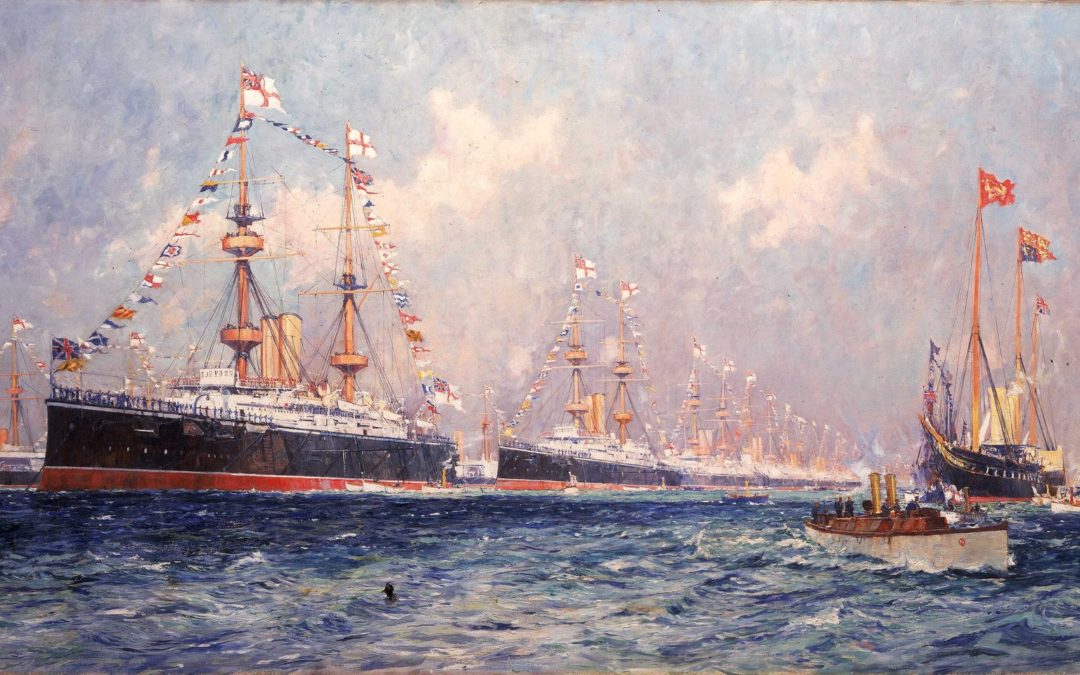
Britain’s Majestic class battleships, part 2 – the politics
Britain’s nine Majestic class battleships of the 1890s were the largest single class of battleships ever built. As we saw in the previous article, the class introduced a range of key technologies, and the Admiralty wanted them in order to maintain the ‘two power...

The largest class of battleships ever built: the Majestics. Part 1.
Britain's Majestic class of the 1890s was the largest class of battleships ever built. In many ways the nine-strong class symbolised the age. The names selected for them were redolent of the period, particularly the neo-classical revival that had become a British...
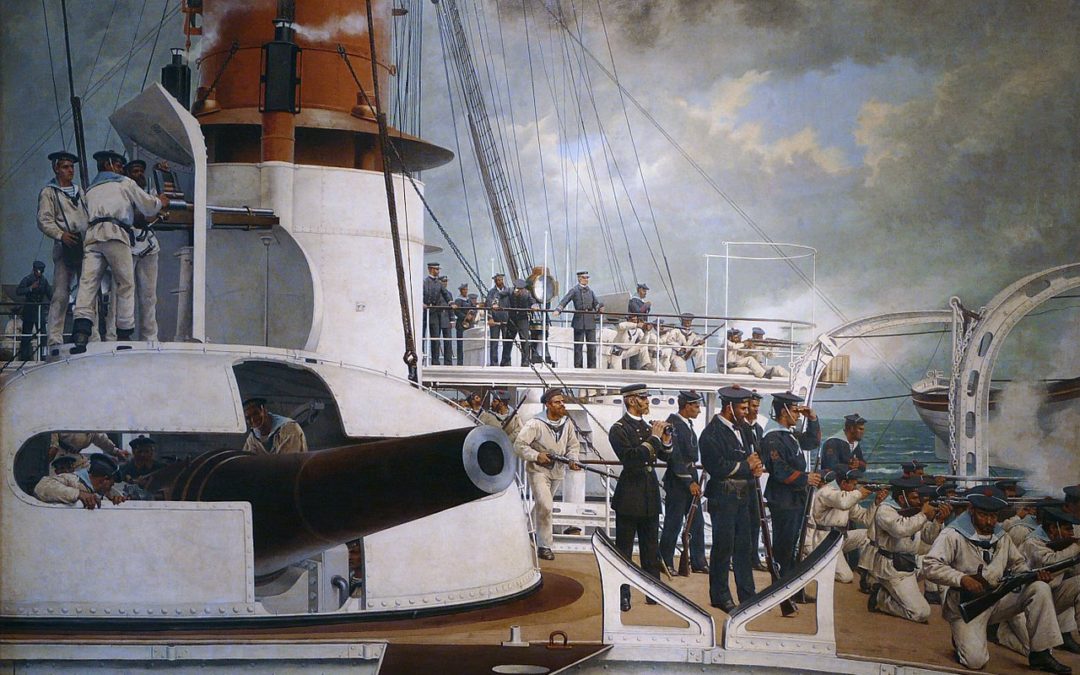
How some key naval engineering terms migrated into English
It’s been said that English is a language that pursues other languages down dark alleys and mugs them for vocabulary, then riffles their pockets for more, and that’s certainly true of a fair number of naval engineering terms. Words such as ‘barbette’, ‘casemate’ and...

A Cold War Warrior: A Walkthrough of a Foxtrot Class Submarine
By Blair Shaw Looking quite out of place in a tiny marina in the town of Zeebrugge Belgium is the former Russian project 641 NATO code name Foxtrot class submarine B-821. B-821 and her seventy-four other sisters would become one of the most produced post World War 2...

The story behind Britain’s ‘G3’ class battlecruisers
In 1920 the British Admiralty proposed a £75 million capital ship programme, revolving around four battlecruisers and four battleships of unprecedented size and power, embodying all the lessons Britain had learned from the First World War and post-war firing tests.[1]...

The origins of the American battlecruiser, part 4: British infusion
Designs for the first American battlecruisers, the Lexington class, were developed across several major incarnations during and soon after the First World War. We traced the origins of the American battlecruiser – first as concept, then as designs flowing from the...
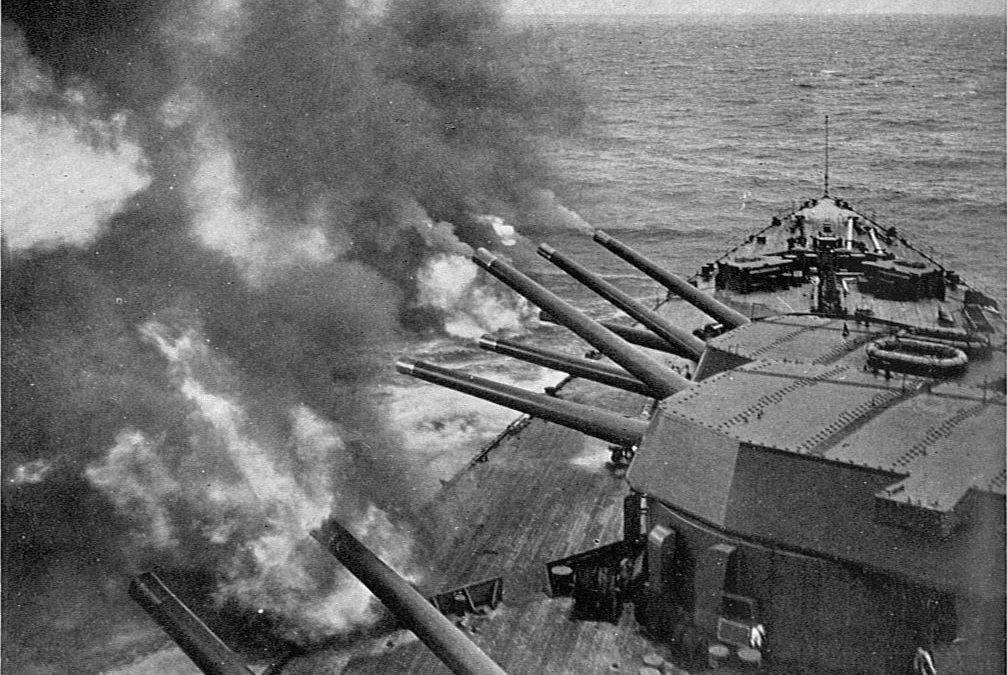
Best Battleship: What battleship had the best guns
The battleship was built around its guns. After our last article looking at the anti-aircraft firepower of various battleships from World War II and onward, we decided to continue our journey to discover the best battleship. In this article, we will examine how each...

The origins of the American battlecruiser – part 3: Jutland lessons
America’s only battlecruisers,[1] the Lexington class, emerged from ideas flowing through the Naval War College, General Board and other US Navy circles before and during the First World War.[2] As we saw in the previous article, this thinking finally came together...

K Class vs. U.D.1
If you were to be asked what was large, metallic, mechanical and steam powered I would imagine your most likely answer would be that of a steam engine or train. But bizarrely in the late 18th century the "Old Man of Europe" the Ottoman Empire commissioned the British...

Oddities at Sea : A Foreword to the Suicide Club
We are honoured to present a piece by our contributor Andy South! Andy touches on a few of the naval oddities at sea, specifically the infamous K class submarines of the Royal Navy. Andy has been hard at work putting together a book on these submarines. This article...

Five Great Features of the Littorio Class Battleships
Fast, powerful, and well armed, the Littorio class were the most powerful battleships ever put to sea by the Italian Navy. As the most modern battleships, Italy lavished considerable input into their design, leading to several innovative features. From a triple rudder...
“Thank God for the Navy!” – HMS Veronica and the Hawke’s Bay quake of 1931
It’s not often that a city’s memorial to a warship is larger than the ship itself. Or that the ship’s bell continues to be rung in that city to this day, honouring the way the navy came to the rescue when tragedy unfolded. But that’s true in Napier, New Zealand, where...

5 Great Features of the Yamato Class Battleships
The Yamato class battleships hold a special place in naval history. Popularly known as the biggest battleship to ever go to sea and carrying the most powerful guns, it is little wonder why these dreadnoughts are so endearing. However, there was so much more to these...
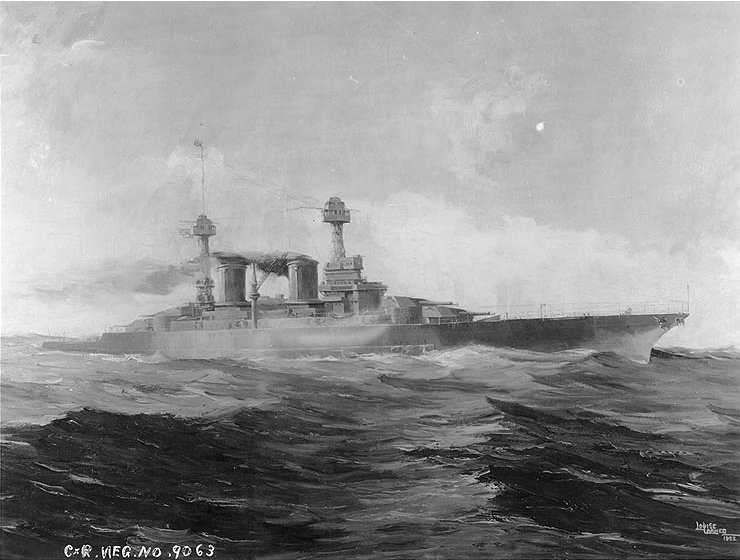
The origins of the American battlecruiser – part 2: the road to the Lexington
In 1916 the United States authorised the construction of six battlecruisers of significant size, fire-power and speed. They were the first such ships ordered for US Navy service and remain the only battlecruisers the US Navy ever ordered.[1] None were completed as...
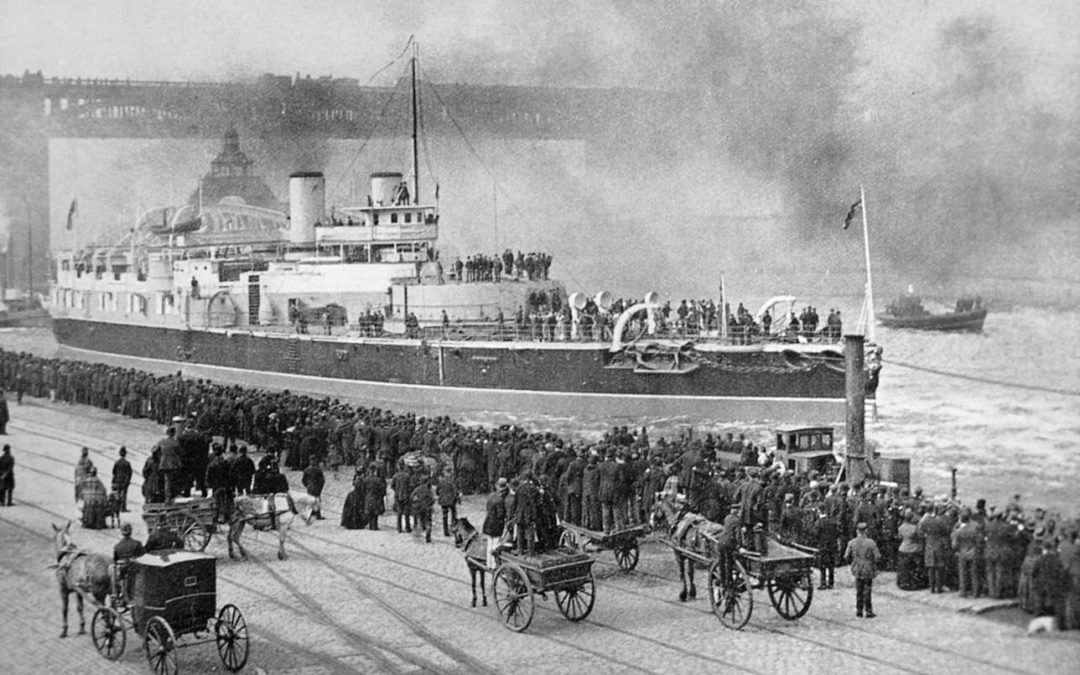
Were Britain’s battleships eggshells? Investigating the loss of HMS Victoria in 1893
The loss of the battleship HMS Victoria to a ramming accident in June 1893 sent shock waves across the British Empire. As we saw in the last article, she went down remarkably quickly after a collision with the battleship HMS Camperdown. There was very heavy loss of...
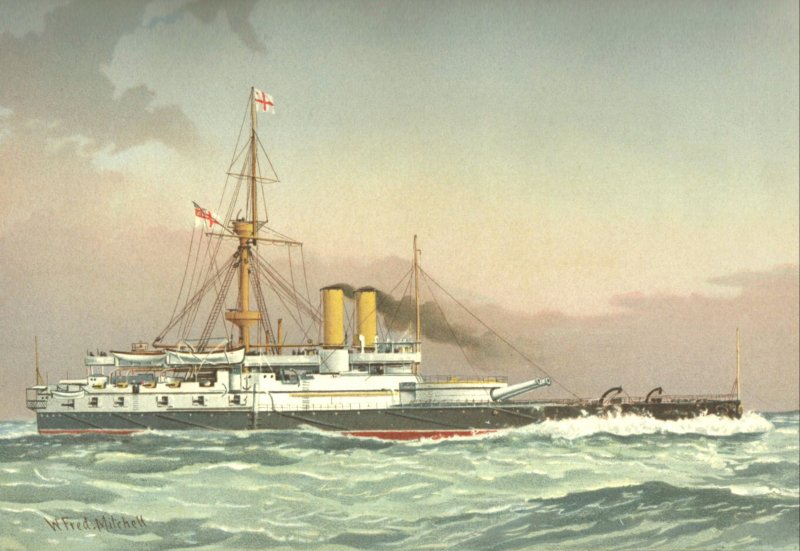
The Sinking of HMS Victoria
In many ways the 1890s were the high noontide of Britain’s globe-spanning Empire. It was also when they suffered their worst naval disaster of the late nineteenth century with the sinking of HMS Victoria – and it occurred not as a dramatic outcome of some storm or...

Designing Britain’s oddest looking battleships
In the mid-1880s the British began building two new battleships as part of the so-called ‘Northbrook’ programme, a massive burst of naval expenditure to which government reluctantly agreed in early December 1884. What then emerged from the drawing boards of the...

Best Battleship : Anti-Aircraft Guns
I'm working on a comprehensive ranking system to establish a hierarchy in the effectiveness of each class of battleship, basically finding what was the best battleship. This post will kick off the series by looking at the anti-aircraft guns of each battleship to...

CSS Manassas : A Hellish Machine
From the very onset of the Civil War, the Confederacy knew they were overmatched by the industrial might of the Union. The Union Navy operated with near impunity along the shores of Confederate territory. Seeking a way to challenge this mighty foe, the Confederacy...

Stories from the Navy with Fred Dufault
In our first ever interview for our stories from the navy series, we sit down with Fred Dufault. Retiring a Master Chief in 1975 with a navy career spanning 21 years behind him, Fred has seen a great many things. He has been kind enough to chat with me and share some...

Stories from the Navy with Buddy Stewart
In our latest stories from the navy segment , we talk to Buddy Stewart. You might know him as the gallant captain of the Navy General Board Facebook Group. He agreed to share some stories from his time in the Navy. From service aboard USS Deyo to his time as an...

How do Torpedoes Damage a Ship?
Nothing shook warship designers so much as the arrival of the torpedo. Striking the ship below the water line, torpedoes could deliver an incredible amount of explosive power to a part of the warship that is not easily protected. Designers would learn that there was...
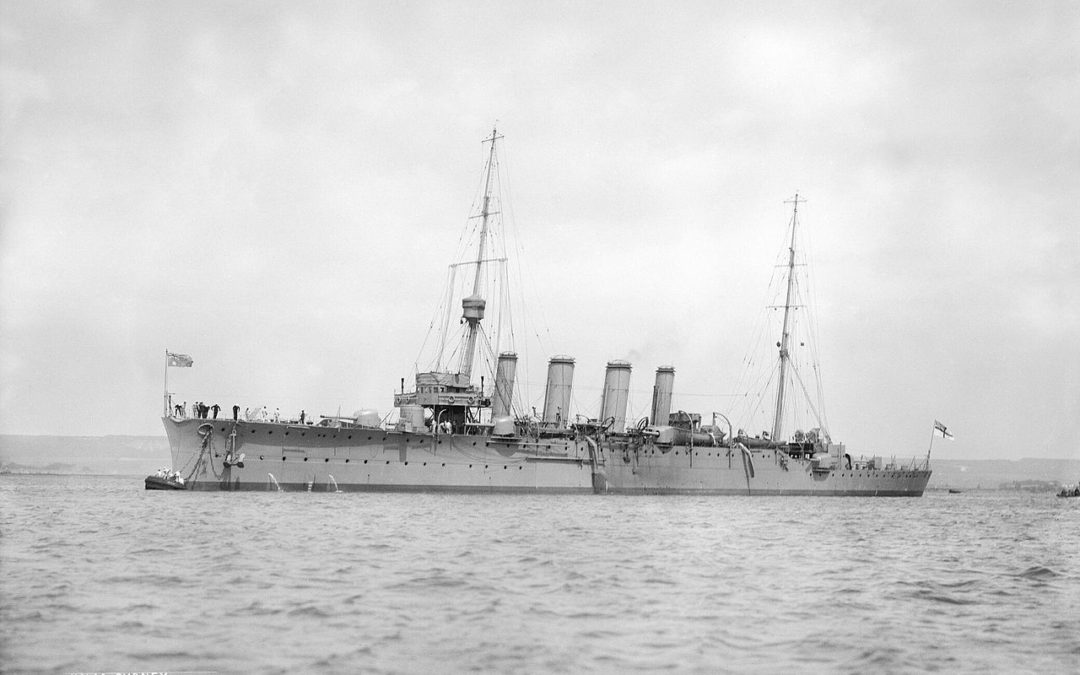
HMAS Sydney : The Pre-War Years (1913-1914)
Special thanks to Andy South for sharing a snippet from his books detailing the career and design of HMAS Sydney. Andy has delved deep into the history of this ship and produced an entire series. If you enjoy the article, you will definitely love his book. You can...

Were the ‘Admirals’ Britain’s first class of battleships?
In an earlier article we explored the story of HMS Collingwood, a British battleship that the Royal Navy’s Director of Naval Construction, Nathaniel Barbaby, sketched in 1880 and which was detailed by his assistant, William White.[1] Collingwood was soon followed by...

Skegs? What do they do? – Warship Tech
Skegs are an unusual feature of warship construction. Some warships had them, others did not. Some warships buried only a few of their shafts inside of skegs, others buried all of them. This seemingly random use of skegs has made them the subject of considerable...
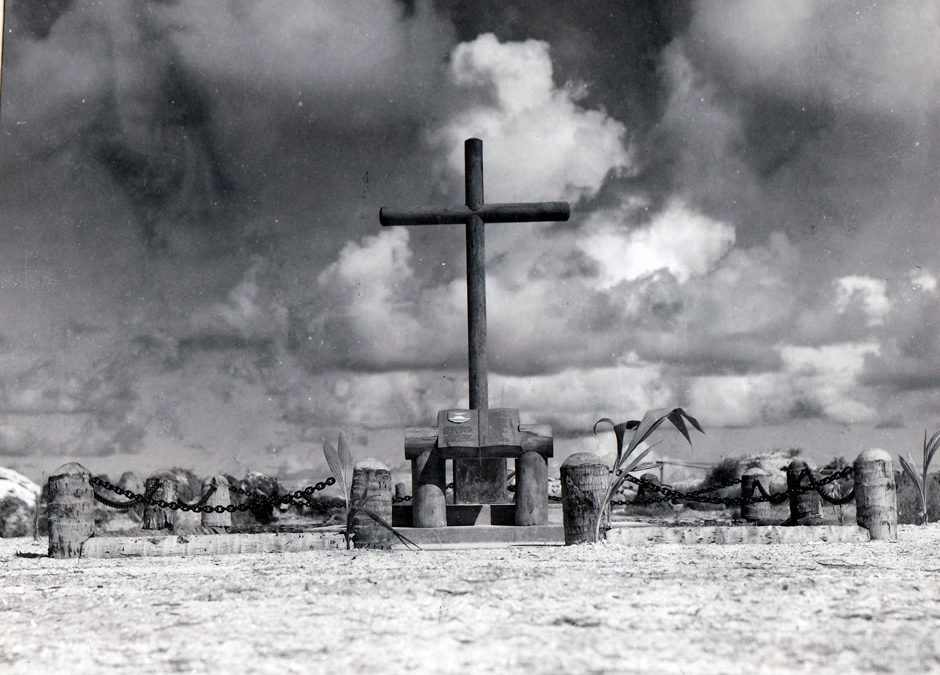
The Tarawa coast-watch massacre of 1942
During 1941 a small group of New Zealand coast-watchers, mainly civilian volunteers from the Post and Telegraph Department, were stationed in the Gilbert Islands (Kiribati). They formed part of a forward line of listening posts intended to intercept Japanese radio...
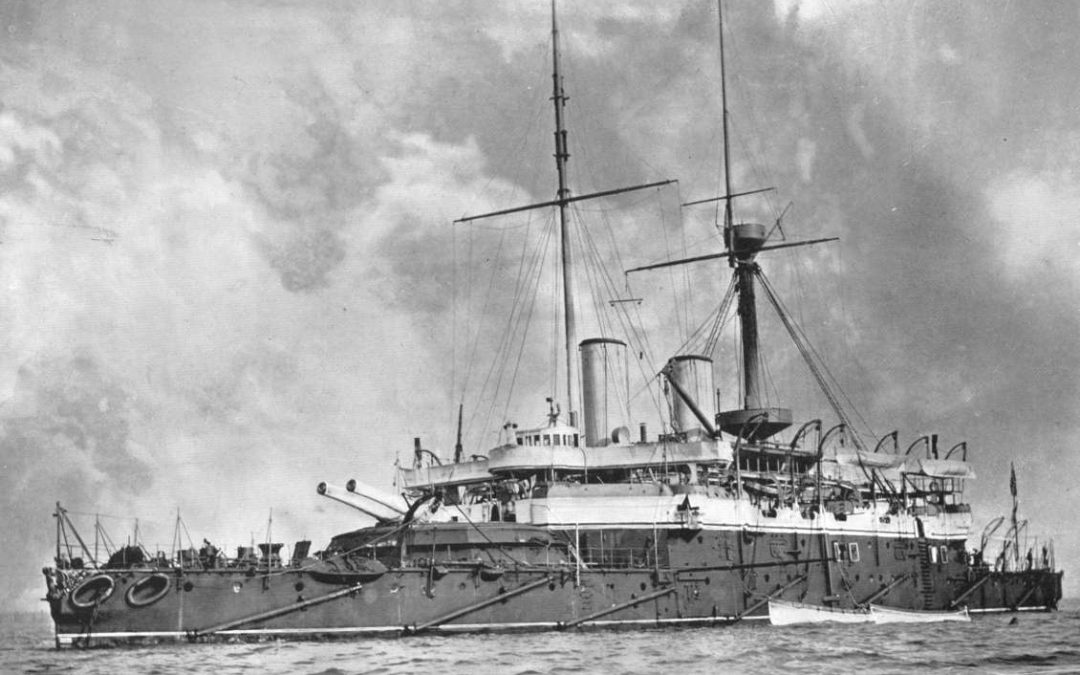
HMS Collingwood and the ‘Admirals’– shining lights in the Royal Navy’s ‘dark ages’?
During the early 1880s, Britain laid down six battleships of the Admiral class in several distinct sub-classes, all but one bearing the names of prominent admirals from the Royal Navy’s long history. The prototype was HMS Collingwood, a heavy warship laid down in 1880...
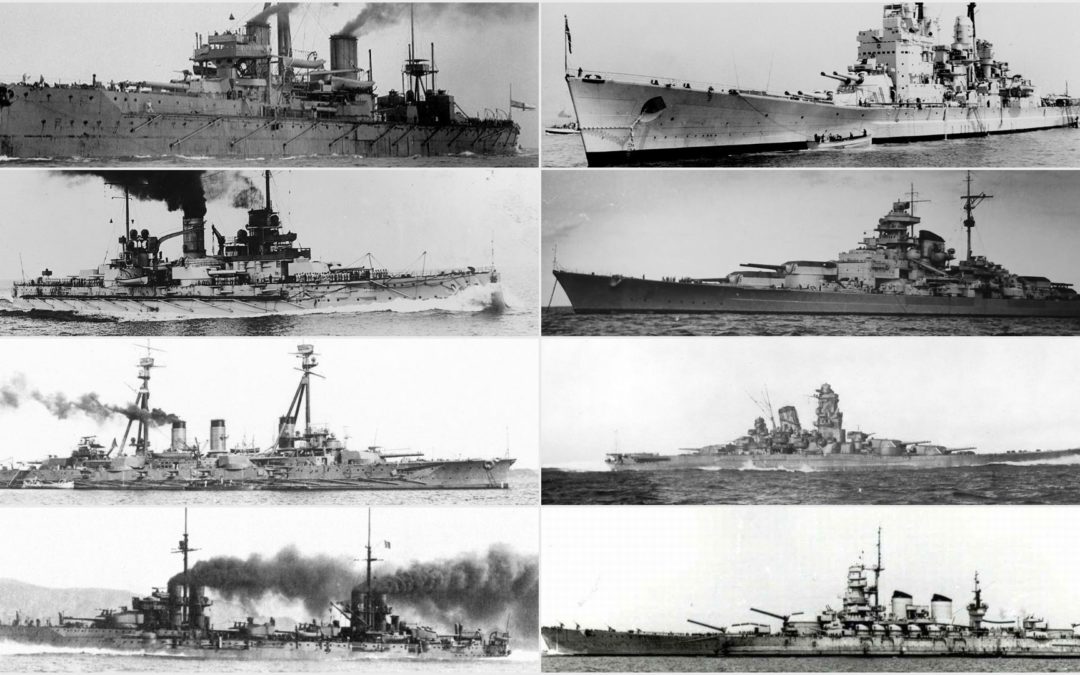
Battleship Evolution : From the first Dreadnought to the Last
This series on battleships originally began on the Navy General Board Facebook page. It got to be so popular that we combined all of the posts into one article on battleship evolution. In this article we will see how each Navy's first dreadnought differed compared to...

How battleship secondary armament evolved
The mastless steel battleship essentially emerged from the engineering chaos of mid-nineteenth century technological change and evolved – fairly steadily, but with occasional jumps – through to the end of the classic battleship era after the Second World War. One...

Warship Stabilization Systems : Warship Tech
For the most part, the sea is anything but smooth. Warships operating on it are rocked back and forth almost constantly. This rocking motion interferes with a ship's performance. Guns and optics are thrown off target, reducing their effectiveness. In addition, the...
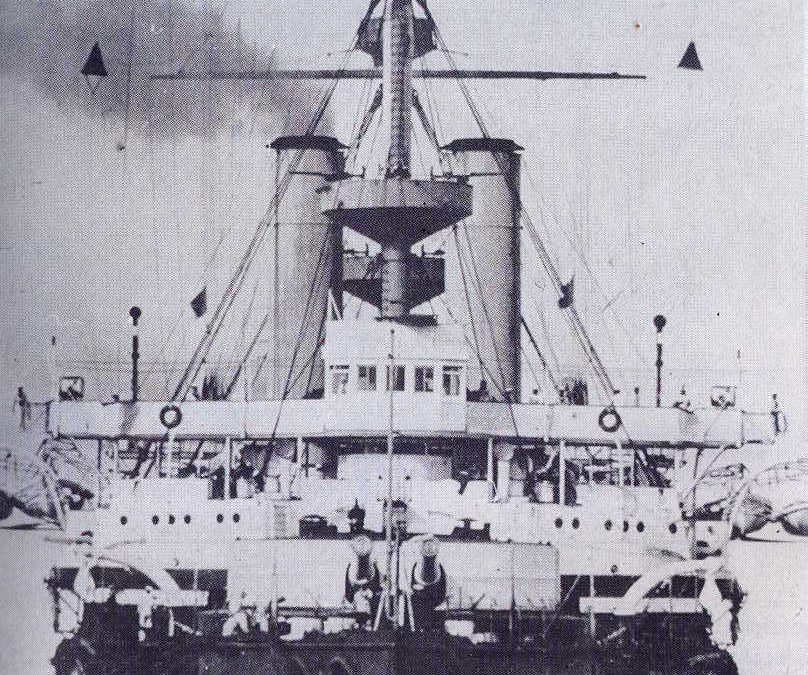
The other HMS Hood – Britain’s last turret ship
Mention HMS Hood and just one ship usually springs to mind. However, there was another HMS Hood, a battleship laid down for the Royal Navy in August 1889, which survived long enough to be given one last - and decisively final - role a few months after the outbreak of...

Edwin Moore : A Texas Pirate
Edwin Ward Moore was a great many things in life. An officer in the United States Navy, A commodore in the Republic of Texas Navy , and was even labeled a Texas pirate by Sam Houston himself. He was the only commander to ever lead wind driven wooden sailing ships in...

The Fastest Warships of World War 2
Do you have the need for speed? The warships in this article certainly do! We have previously done articles about the largest cruisers and the biggest battleships. For this article we are breaking the fastest warships of World War 2 based on class. We will examine the...


Recent Comments